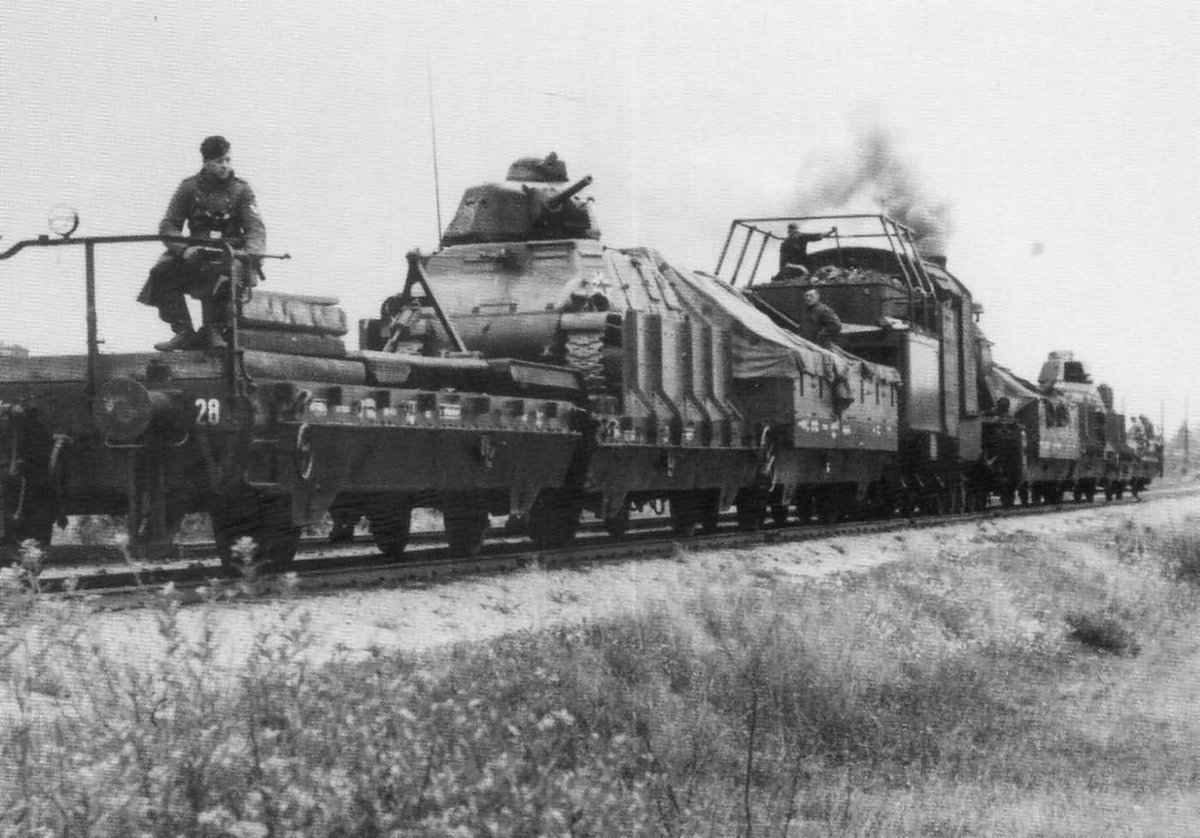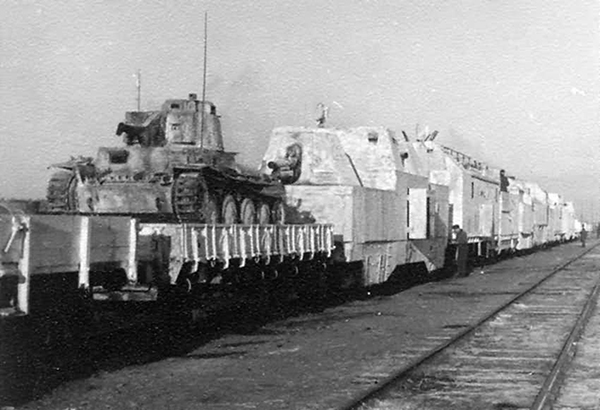(2/22) Design work on the Osa ('Wasp') SAM complex began in 1960, but the very ambitious specifications resulted in a lot of development problems, and the final complex from 1971 did not end up meeting all of them.








(3/22) The Osa was intended to fill the gap between quick-reaction short-ranged Shilka and Strela-1 and longer-ranged but cumbersome Kub complex. This became more important as NATO began adopting low-level tactics and AGMs like the Bullpup.








(4/22) The original 9K33 Osa complex consisted of the 9A33B TLAR, 9M33 missiles, and 9T217 transloader, as well as assorted support technical equipment. These can be easily distinguished by the uncontainerised missiles mounted on 4 rails on the 9A33B.








(5/22) In 1971, the Osa-A with improved ECCM capabilities and Osa-K with 6 containerised 9M33M2 missiles were developed. These were combined into the 9K33M2 Osa-AK, with the 9A33BM2 TLAR. The 9T217BM was also modified to take containerised missiles.




(6/22) The Osa and Osa-AK had no ability to engage helicopters at very low altitudes. This led to the development of the 9K33M3 Osa-AKM with the 9M33M3 missile. Earlier Osa-AKs were eventually upgraded to this standard as well.




(7/22) Most (but not all) Osa-AKMs feature an NRZ (наземный радиолокационный запросчик — IFF) antenna on top of the stabilised SOTs (станция обнаружения цели) search radar. This allows it to detect and identify targets while on the move. 

(8/22) The other radar components of the 9A33BM3 are described here in this picture, taken from the SAM Simulator Manual for the Osa-AK (basically identical).
sites.google.com/site/samsimula…

sites.google.com/site/samsimula…

(9/22) There is also the 9Sh38-2 TV camera (телевизионно-оптический визир, TOV). It is possible to conduct an engagement using only the TOV but this can only be done in daylight and requires a lot of operator skill. 

(9/22) The 9M33M3 is a radio-command guidance missile. Against non-low-flying targets, the classic command-to-line-of-sight (CLOS) or 3-point (трехточка) guidance method is used. 

(10/22) For low-flying targets (<30°), there are several control laws available. The first is the 'Gorka' ('Hill') method. Here, the missile is flown on an arcing trajectory above the LOS before coming down on the target. 

(12/22) The final guidance method is the 'φ' method, intended for targets at <25 m altitude. The target is tracked by the TOV, with the radar only providing range data. The missile flies above the LOS before descending to hit the target at an angle φ = 25°.




(13/22) The φ method can only be used with the 9M33M3 missile, which has a modified radio proximity fuse. 9M33M2 is restricted to the first 3 methods.






(14/22) The Osa has 1 target tracking channel and 2 missile tracking ones. This means it can engage 1 target with 2 missiles at a time. You can see in this picture one of the missile tracking radar sets is aligned with a missile launch. 

(15/22) The 9A33M3 TLAR is fully autonomous and is capable of detecting, tracking, and engaging targets without any external aid. It can, of course, be integrated as part of a larger IADS paired with long range radars, but it isn't necessary.
(16/22) The 9A33 TLAR chassis is designated BAZ-5937. It is powered by a 300 hp 5D20B-300 V-6 diesel engine, with a 9I120 gas turbine powering the weapon systems while on the move. It is fully amphibious, propelled by pump jets in water.




(17/22) The 9T217BM2 transloader's chassis is designated BAZ-5939. It is capable of carrying 12 missile containers as well as fuel for refueling the 9A33BM3 TLARs. A small crane is provided to assist with reloading. 

(18/22) The BAZ chassis would also be adapted for the Tochka-U tactical ballistic missile system, but that's another story. 

(19/22) The intended successor to the Osa in Soviet times was the Tor. However, the Tor would only enter service in 1986, and it was never built in sufficient numbers to replace the Osa before 1991. 

(20/22) Thus, both Ukraine and Russia continue to use the Osas they inherited from the USSR in large numbers.




(21/22) Ukraine in particular has to use them for lack of anything better. They have also been supplemented by former Warsaw Pact Osa-AKs, particularly Polish ones.
mil.in.ua/en/news/polish…
mil.in.ua/en/news/polish…
(22/22) The Osa is a rather old and outdated system today, but it will probably remain in use for both sides of this war for some time to come, since neither side will likely be able to source a replacement very soon. They're also handy enough for shooting down drones. 

(23/22) Most of the information on the systems comes from this manual. Dr. Kopp apparently did not have access to it when he write his AusAirPower article on the Osa, but I do.
ausairpower.net/APA-9K33-Osa.h…


ausairpower.net/APA-9K33-Osa.h…


(24/22) I also didn't talk about this because it's not very relevant to the Russo-Ukrainian War, but M-4 Osa-M is the naval equivalent, developed around the same time.
• • •
Missing some Tweet in this thread? You can try to
force a refresh

















































